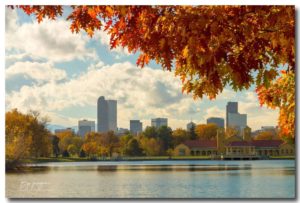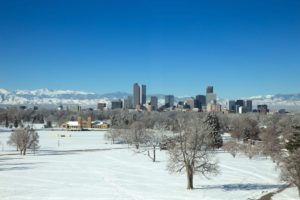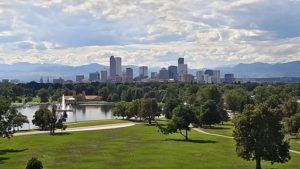Hopping in the car to travel somewhere new leads to unlimited opportunities to adventure on your own timeline. It allows one to explore and experience the entire journey, adding so many memories to a trip that would have been skipped over if exchanged for a 3 hour long plane ride. Though there are many perks of a road trip, for a first timer packing a few weeks worth of your life into a car can be a daunting and disorganized task. If you don’t know where to start, follow this guide to packing more efficiently and staying organized your whole trip.
- Get shallow clear storage bins. Instead of a suitcase use these; they’re stackable, see through, and organized. Space can get tight when you have multiple people, and weeks worth of stuff for everyone. These bins save space and are easily stacked on top of each other. I specified clear bins because, who remembers exactly where everything is? Being able to see into the bins not only helps you decide what to stack on top of what, but also keeps you from rummaging through a bin only to realize what you were looking for was somewhere else.
- Use a jacket as a pillow in the car. When you spend up to 15 hours in the car in a day you better be prepared to spend some of that time sleeping. Bringing something to rest your head on is imperative and will increase the quality of the time you spend on the road. Instead of bringing a pillow which takes up a lot of space and is bound to get dirty because of its inability to be compacted, bring a jacket. This will save space not only in the front seat, but will decrease the amount of stuff you have to shove into those bins.
- Figure out what the weather will be like the majority of your trip, and start there. Don’t try to pack for everything, bring a few universal pieces and a couple layers, but avoid packing things that make you think, “I should bring this just in case…”
- Bring snacks, and lots of them! When you are 3 hours from the nearest source of food you will be wishing you had something to munch on to pass the time. Depending on how long your drive is going to be, bring a cooler to store things like lunch meat, cheese, veggies, fruit etc. things you wont’t find but will be wishing you had 3 gas stations in.
- Fill your water bottle up everywhere you stop. Most days we take for granted how easily it is to refill, when you’re on the road and eating snacks, you will be bummed if you thought half a bottle could get you through the next stint of the drive. Point is, fill it up even if you don’t think you need to, you’ll be happy you did.



